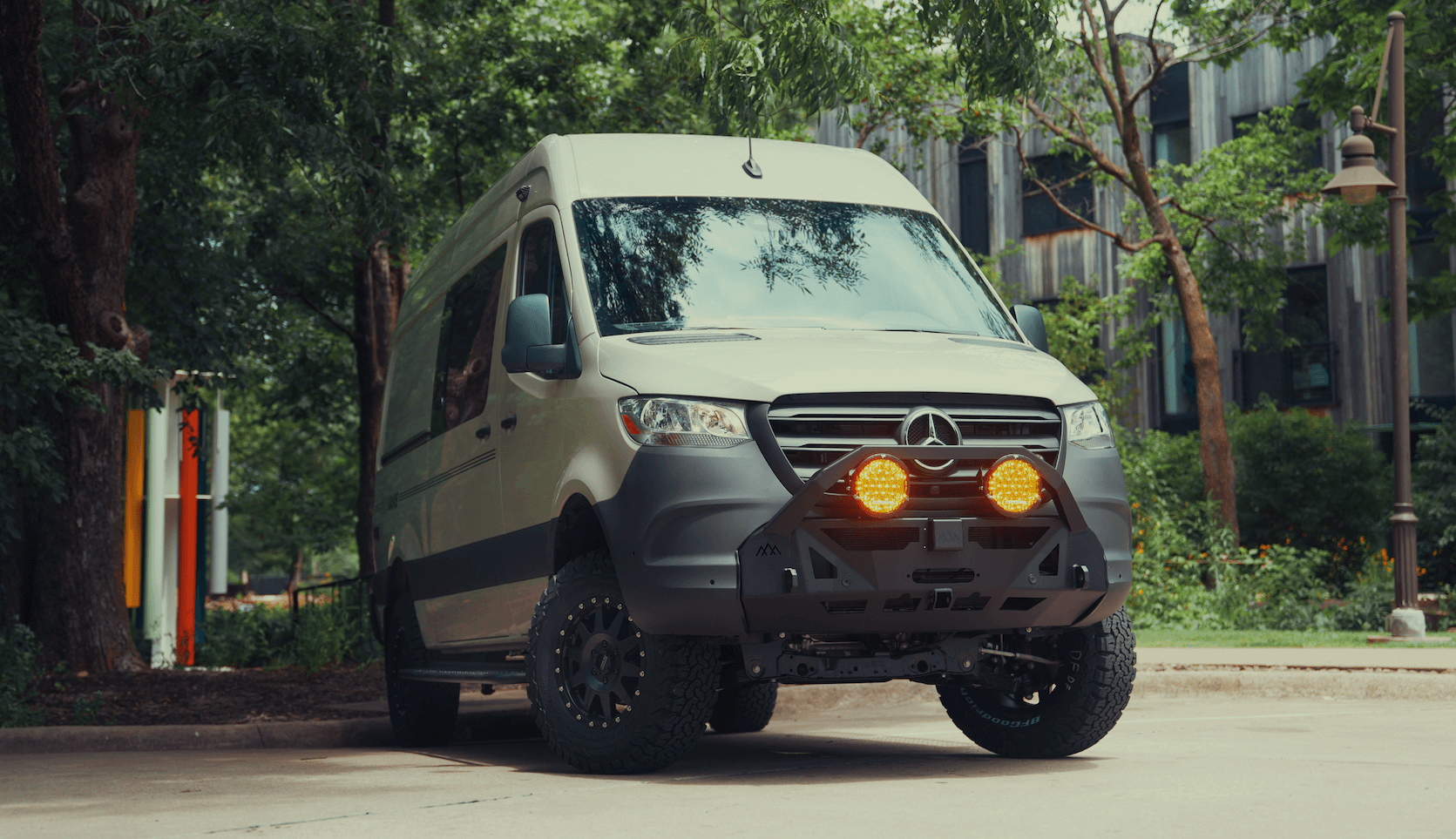Recreational Vans

A converted RV is a road vehicle that has been reconfigured for living on the move. The core changes include a sleeping area, a compact galley, secure storage, ventilation, and a safe power system. Many builds add a toilet solution, a shower, climate control, and hot water. The goal is a small footprint with the daily functions a traveler needs.
RV camper conversion projects typically begin with a detailed layout and a weight map. That plan drives insulation, wiring routes, cabinet structure, and water system placement. Fire safety, battery ventilation, and cargo tie down points are set early. Once the shell is prepped, the build moves to electrical, plumbing, and finish work.
A Class B motorhome uses a van body rather than a box. It is easy to park, fits in many garages with a raised roof exception, and can access tight trailheads. Compared to larger classes, it sips less fuel and is simpler to maneuver in cities.
Most states allow a converted RV to be registered as an RV if it meets specific features like a bed, cooking facility, and storage. RV status can affect insurance type and premiums. Always check your local requirements and document the conversion with photos and a feature list.
When people say chevrolet class b motorhome or chevrolet class b rv, they usually refer to conversions built on the Chevrolet Express or its GMC sibling. The van has a stout frame, wide service network, and proven gas drivetrains. Many chevy class b camper van builds use a raised fiberglass roof to gain standing height while keeping the body narrow for city streets.
A Chevrolet Class B favors simple maintenance. Gas engines are common and parts are readily available nationwide. Most vans are rear wheel drive from the factory, with aftermarket four wheel drive conversions available through specialty shops. Towing ratings and payload vary by year and axle ratio, so confirm gross vehicle weight rating on the door sticker before planning heavy fixtures.
Express based builds come in standard and extended wheelbase. The extended body helps with a convertible bed, side galley, and rear gear garage. Common layouts include:
Modern Class B systems rely on lithium iron phosphate batteries charged by a high output alternator, rooftop solar, and shore power. A 2000 to 3000 watt inverter supports induction cooking, outlets, and small appliances. DC compressor fridges cut power draw and ride better on rough roads.
For climate, a fuel fired heater sips from the main tank and keeps the cabin steady in winter. Vent fans move air while cooking and sleeping. Roof mounted AC units can run on shore power or a large battery bank for short windows, though electrical demand is high. Thermal management starts with quality insulation, vapor control, and sound deadening.
An rv camper conversion succeeds when use case drives every choice. Start with honest answers about travel length, climate range, passenger count, and gear. That informs the must haves for sleeping, storage, water, and power.
Water systems range from simple jerry cans with a foot pump to pressurized setups with a hot water mixer and an interior or outdoor shower. Many Class B builds skip a black tank by using a cassette toilet or a sealed dry option to save space and weight. Grey water containment protects campsites and meets campground rules.
Weight balance matters. Heavy items like batteries and water should sit low and centered between the axles. Secure every cabinet to metal structure, and use rated anchors for motorcycles or e bikes. Add tire pressure monitoring, quality tires, and upgraded suspension to handle the extra mass.
Costs vary widely with materials, electrical capacity, and labor. A modest system with a basic galley and portable toilet comes in at a lower price point. A premium interior with a high roof, lithium bank, induction cooktop, air conditioning, and custom cabinetry will be higher. Factor in lead times for windows, roof components, and electrical gear to avoid delays.
Some travelers shop for a used chevrolet class b rv with a service record and then refresh key systems. Others start with a low mileage cargo van and convert to their specs. In both cases, a thorough inspection of frame, brakes, and drivetrain is essential before loading the van with a full interior.
Use proper wire sizing, fusing, and strain relief on every circuit. Isolate batteries from cargo space, and install a fire extinguisher, smoke alarm, and carbon monoxide detector. Ventilation is non negotiable for cooking and sleeping. Secure propane outside the living area or consider an all electric galley.
After research and planning, the next step is a professional build partner who can translate your use case into a dependable chevrolet class b motorhome. OZK Customs designs and builds compact, efficient interiors tuned to how you travel. Our team in Fayetteville Arkansas handles power systems, cabinetry, suspension, lighting, and clean water layouts with a focus on safety, serviceability, and fit.
Explore our van services and see how we dial builds for real travel:
OZK Customs brings clear scopes, tested components, and thoughtful design so your converted rv feels natural from the first mile. Tell us where you are going and what you carry, and we will build the solution that makes the journey easy.
Tell us about your timeline, budget range, and must have features. We will respond with a practical path to your rv camper conversion on a Chevrolet platform and a clear next step to get started.
Ready to move from research to your build plan? Tell us how you travel and we will map a Class B conversion that fits your miles, gear, and budget. Submit the form to secure a consult and get a realistic scope, timeline, and quote from OZK Customs.
ADDRESS:
6159 E Huntsville Rd, Fayetteville, AR 72701
PHONE:
(479) 326-9200
EMAIL:
info@ozkvans.com